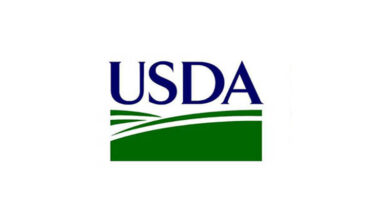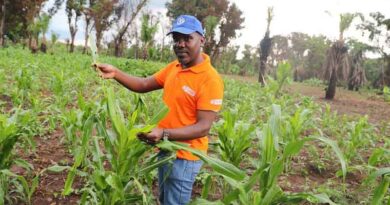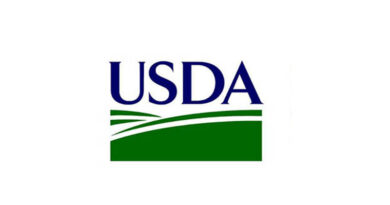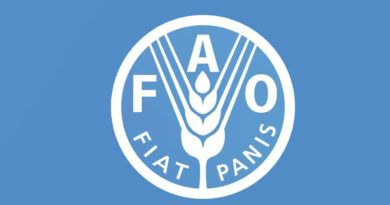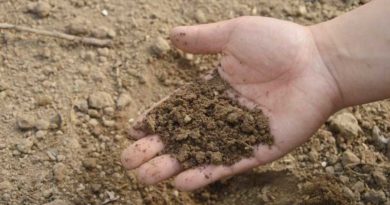Impact of climate change on ticks and tick-borne infections addressed in new CABI book
17 December 2021, Africa: The impact of climate change on ticks and tick-borne infections is addressed in a new book published by CABI that includes expert opinions and predictions, global coverage of trends in ticks and disease as well as an in-depth examination of climate change and tick distribution links.
‘Climate, Ticks and Disease,’ edited by Professor Pat Nuttall, Emeritus Professor of Arbovirology at the University of Oxford and Fellow of Wolfson College, Oxford, considers what is meant by ‘climate change’, how effective climate models are in relation to ecosystems, and provides predictions for changes in climate at global, regional and local scales relevant for ticks and tick-borne infections.
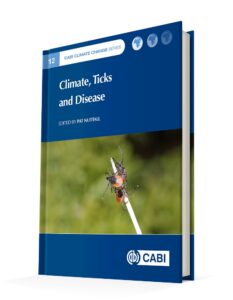
The book is a comprehensive text of expert opinion and predictions from leading scientists in their field that examines the impact of climate change on ticks and disease around the world including Africa, Europe, North and South America, Caribbean, China, India, Pakistan, UK, Middle East, Australia, Russia, Japan, Taiwan, and the Arctic.
Aimed at researchers and students studying zoology, biological sciences, medical entomology, animal health, veterinary medicine, epidemiology, parasitology, and climate change impacts, ‘Climate, Ticks and Disease’ also examines changes to tick distribution and the evidence that climate change is responsible.
Professor Nuttall said, “Given that the notoriety of ticks derives from pathogens they transmit, the book considers whether changes in climate affect vector capacity.
“Ticks transmit a remarkable range of micro and macro parasites – many of which are pathogens of humans and domesticated animals. The intimacy between a tick-borne agent and a tick vector means that any impacts of climate on a tick vector will impact tick-borne pathogens.
“Most obviously, such impacts will be apparent as changes in disease incidence and prevalence. The evidence that climate change is affecting diseases caused by tick-borne pathogens is considered, along with the potential to make robust predictions of future events.”
Across four sections and 77 chapters, ‘Climate, Ticks and Disease’ also considers the effect of climate on the physiology and behaviour of ticks, including potentially critical impacts on the tick microbiome. The book is also suitable for those concerned with public health planning or livestock management where ticks and tick-borne pathogens pose a threat.
Dr Debbie Hemming, of the Met Office, is the Scientific Manager of the Vegetation-Climate Interactions group. She said: “Managing the health risks to humans from tick-borne diseases draws heavily on understanding the climate conditions experienced by ticks when in need of a blood meal, a process known as questing.
“Our work in the UK has shown that ticks are most actively “questing” for hosts – including humans – when the microclimate conditions are optimal with a temperature around 15 °C and relative humidity above 70%.”
Tick species which most frequently occupy habitats from leaf litter to knee-high vegetation, are strongly associated with two diseases: Lyme Disease which is thought to affect several thousand people in the UK each year (and around a million people in the Northern Hemisphere); and tick-borne encephalitis, which is just becoming established in the UK.
Debbie added: “Further research will hopefully link microclimate models with land-cover data and weather (and seasonal) forecasts to predict the timing and locations at highest risk from tick activity. This information could support tick awareness and surveillance schemes undertaken by land managers and the UK Health Security Agency (like in other countries such as the Czech Republic).”
‘Climate, Ticks and Disease’ is the 12th text published as part of the CABI Climate Change Series which addresses many topics relating to climate change, including strategies to develop sustainable systems that minimize impact on climate and/or mitigate the effects of human activity on climate change.




